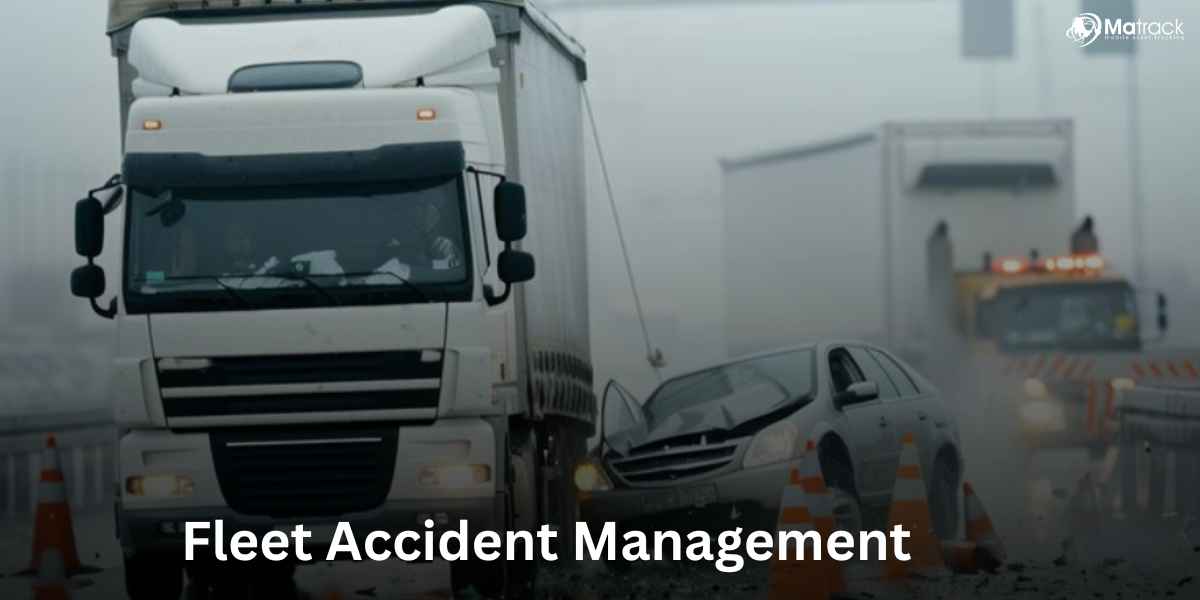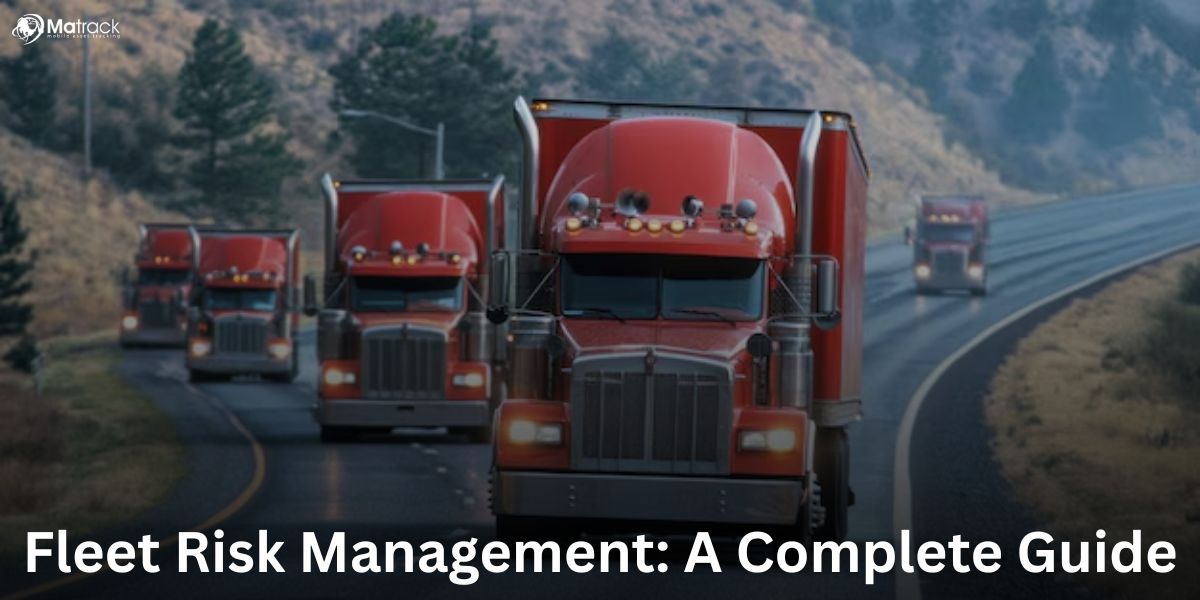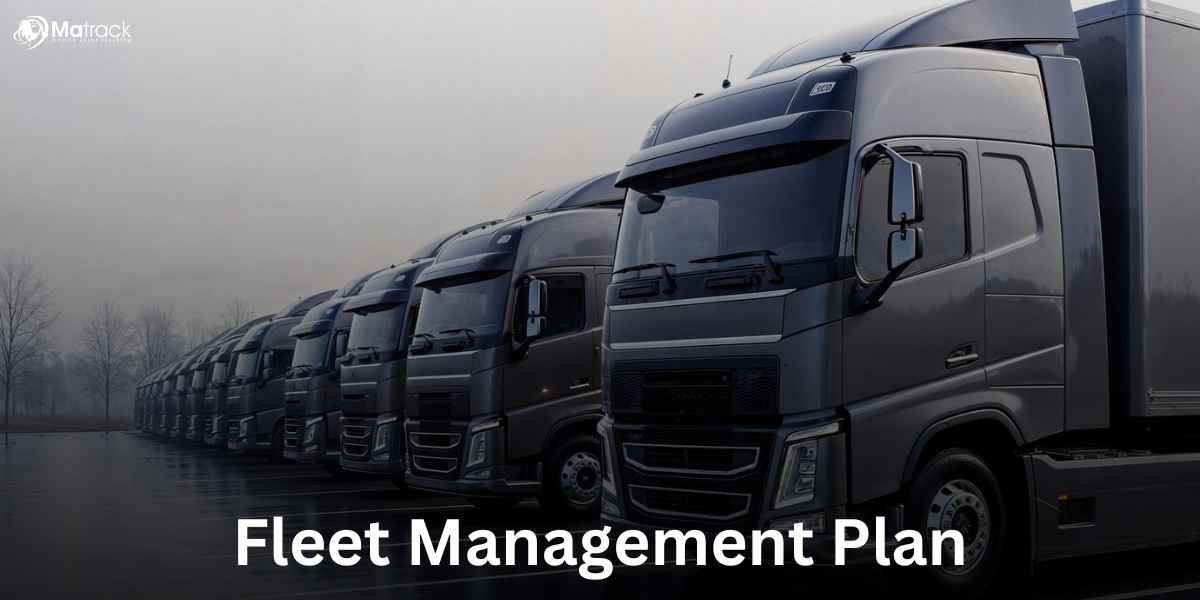Key Takeaways:
- Fleet accident management reduces operational delays by streamlining emergency response, repairs, and insurance handling.
- Digital tools like telematics and mobile apps improve data accuracy and speed up claims and documentation.
- Tracking metrics such as accident frequency and downtime reveals risk patterns and supports better decision-making.
- Legal compliance, complete documentation, and timely reporting reduce liability and protect the company from disputes.
What Is Fleet Accident Management?
Fleet accident management is the organized handling of vehicle accidents involving commercial fleets. It covers emergency response, driver assistance, detailed documentation, insurance handling, expense tracking, and corrective training.
A good system makes this process faster, more accurate, and less disruptive. Most companies use tools like telematics, mobile apps, and dashboards to keep everything organized and responsive.
Relevant: What Is Vehicle Fleet Management?
Why Is Fleet Accident Management Important?
Fleet accident management reduces business risk and keeps drivers safer on the road. It helps companies respond faster to accidents, cut unnecessary costs, and improve how their drivers perform.
Minimizes Vehicle Downtime
Faster response and organized repairs help vehicles get back on the road sooner. This keeps deliveries and services running without delay.
Reduces Legal Exposure
Accurate records protect the company from legal claims and regulatory fines. Clear documentation shows that every step was handled correctly.
Lowers Insurance Costs
Well-managed claims backed by data reduce the chance of insurance disputes. Over time, this helps keep premium increases under control.
Improves Driver Behavior
Tracking accidents helps identify which drivers need more training. Focused coaching reduces repeat incidents and creates safer habits.
Supports Budget Forecasts
Knowing exactly what each accident costs helps plan future expenses more accurately. This makes it easier to control spending across the fleet.
What Are The Main Steps In Fleet Accident Management?
To manage fleet accidents effectively, follow these 7 structured steps:
Step 1: Immediate Incident Response
- Secure all passengers and call emergency responders.
- Collect third-party contact details.
- Document weather, road signs, and vehicle positions.
Step 2: Damage Evidence Collection
- Take 6+ high-resolution images: vehicle damage, surrounding area, weather.
- Log injury evidence and environmental hazards.
- Record vehicle telematics logs, if available.
Step 3: Internal and Insurance Reporting
- Submit reports within 24 hours using a standard form.
- Include police reports, medical bills, and third-party details.
- Notify insurers and track communication timelines.
Step 4: Vehicle Towing and Repair
- Use vetted repair partners with SLA agreements.
- Track parts delays, invoice discrepancies, and repair milestones.
Step 5: Incident Cost Documentation
- Itemize costs: towing, downtime, legal, rental, and settlement.
- Link each cost to specific incidents for analysis.
Step 6: Root Cause and Risk Profiling
- Analyze data: speeding, fatigue, distraction, external hazards.
- Tag repeat offenders and incident-prone routes.
Step 7: Driver Training and Policy Update
- Assign e-learning modules based on incident types.
- Adjust mobile usage, rest periods, and emergency policies.
Which Tools Enhance Fleet Accident Management?
Digital tools make accident management faster, more accurate, and easier to track. They help companies respond quickly, stay organized, and reduce errors across every step.
Telematics Systems
Telematics record real-time data like speed, braking, and location during each trip. This information helps verify what happened before and during an accident.
Mobile Reporting Apps
These apps let drivers report accidents immediately from the scene using their phones. Photos, notes, and details are submitted instantly, which speeds up the entire process.
Claims Management Software
This software keeps all claim details in one place and tracks every step automatically. It reduces manual work and ensures nothing gets missed in communication.
Dashboards and Alerts
Dashboards show patterns in accidents by driver, region, or cost. Alerts notify managers of high-risk behavior, so they can act before accidents happen.
Which Metrics Track Accident Management Performance?
Accident Frequency Rate
Tracks how often accidents occur based on every 100,000 miles driven. A rising rate shows increasing risk within the fleet.
Average Claim Cost
Calculates the total cost per accident including repairs, legal fees, and downtime. Higher averages indicate inefficiencies in claims handling.
Vehicle Downtime
Measures the number of days a vehicle stays out of service after an incident. Longer downtime disrupts schedules and reduces availability.
Time to Close Claim
Records the time taken to settle a claim from the date of the incident. Delays increase administrative costs and affect productivity.
Repeat Driver Incidents
Counts how often the same driver is involved in more than one accident within 12 months. High counts highlight the need for retraining or reassignment.
Telematics Risk Events
Logs unsafe driving behavior such as hard braking, speeding, and sharp turns per 1,000 miles. Frequent events point to increased accident likelihood.
What Legal and Insurance Aspects Matter?
Proper insurance coverage must include collision, third-party liability, legal protection, and rental reimbursement. These components ensure claims are accepted without delays or gaps in coverage.
Accident procedures must involve police reporting, full evidence collection, and strict timeline adherence. Clear steps reduce errors and support claim accuracy.
All documentation must include timestamps, signed reports, and third-party information. High-value cases must be reviewed by legal teams within 48 hours to limit exposure.
What Are Common Problems In Fleet Accident Management?
| Problem | Solution |
| Late Incident Reporting | Enforce 24-hour internal submission rule |
| Incomplete Documentation | Use mandatory mobile reporting templates |
| High Repair Turnaround Time | Partner with certified service providers |
| Insurance Disputes | Assign dedicated claims managers |
| Repeat Driver Offenses | Apply progressive discipline policies |
| Fraudulent Claims | Verify all data with telematics and witness reports |



